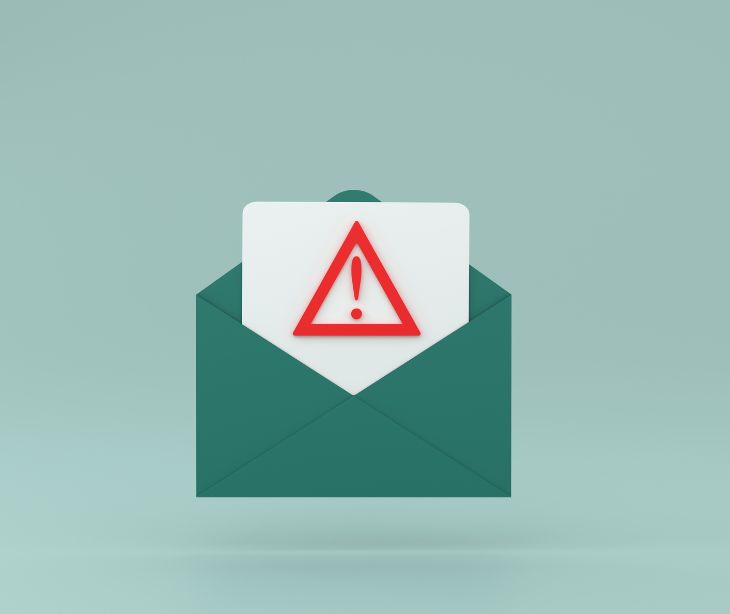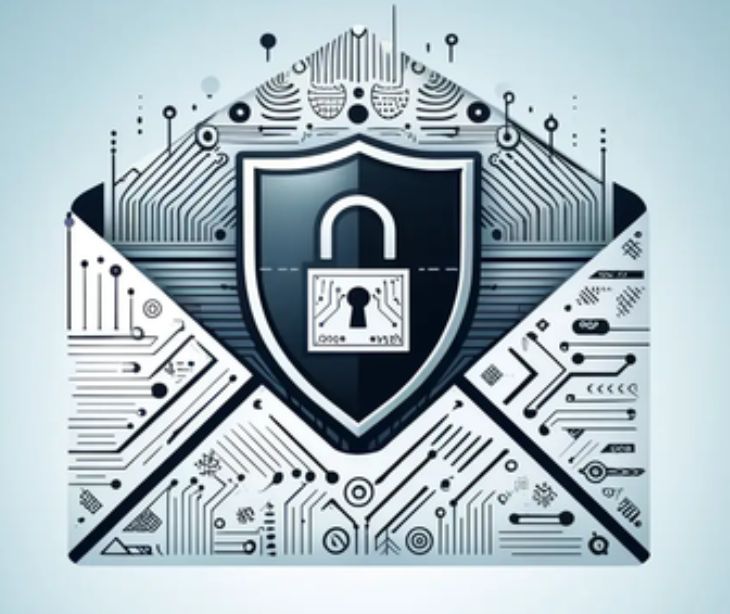Healthcare organizations need well-defined strategies for managing and tracking Protected Health Information (PHI) to safeguard patient privacy, ensure data security, and comply with legal and ethical obligations. PHI contains sensitive medical information, and its improper handling or unauthorized access can lead to serious breaches, compromising patient trust and confidentiality.
Strategies for managing PHI disclosures
Secure email
Leverage secure email solutions to safeguard the transmission of PHI between healthcare providers, patients, and other stakeholders. Secure, HIPAA compliant email ensures that messages containing sensitive information are only accessible to the intended recipient, mitigating the risk of unauthorized access during transmission.
Tokenization
Use tokenization techniques to replace actual PHI with tokens or surrogate values, reducing the risk of storing and transmitting sensitive data. This can be especially useful for payment card data within a healthcare context.
Data Loss Prevention (DLP) software
Deploy DLP solutions to monitor, detect, and prevent unauthorized data disclosures. DLP software can automatically identify and block attempts to send or share PHI outside of authorized channels.
Behavioral analytics
Utilize behavioral analytics tools to identify abnormal patterns of user access and behavior. These tools can detect unauthorized access or misuse of PHI and trigger alerts for immediate investigation.
Biometric authentication
Implement biometric authentication methods, such as fingerprint or facial recognition, to ensure that only authorized personnel can access systems containing PHI.
Geofencing
Use geofencing technology to restrict access to PHI from specific physical locations. This can help prevent unauthorized access or data breaches in healthcare facilities.
Data masking and redaction
Apply data masking or redaction techniques to obscure or remove sensitive information when sharing documents or reports containing PHI, thus protecting patient privacy.
Strategies for tracking PHI disclosures
Endpoint monitoring
Utilize endpoint security solutions to track PHI on individual devices, including laptops, mobile devices, and workstations. This allows for real-time monitoring and data protection at the device level.
Blockchain for audit trails
Leverage blockchain technology to create immutable audit trails that provide a tamper-proof record of all PHI access and usage.
Behavioral health monitoring
Implement behavioral health monitoring systems that track staff behaviors and interactions with PHI to identify unusual patterns that may suggest data breaches.
User and entity behavior analytics (UEBA)
Deploy UEBA tools to track and analyze user and entity behavior patterns. These solutions can detect abnormal or unauthorized PHI access and usage.
Application whitelisting and blacklisting
Define and enforce a list of approved applications (whitelisting) while blocking unauthorized or risky applications (blacklisting) to prevent the unauthorized sharing of PHI through unapproved channels.
Secure file-sharing and collaboration tools
Implement secure file-sharing and collaboration platforms that track the creation, access, and sharing of documents containing PHI. These tools allow for detailed audit logs.
Consent management platforms
Utilize consent management software that tracks and manages patient consent and preferences regarding the use and sharing of their PHI. This can help automate and centralize tracking of consent.
Subscribe to Paubox Weekly
Every Friday we'll bring you the most important news from Paubox. Our aim is to make you smarter, faster.



